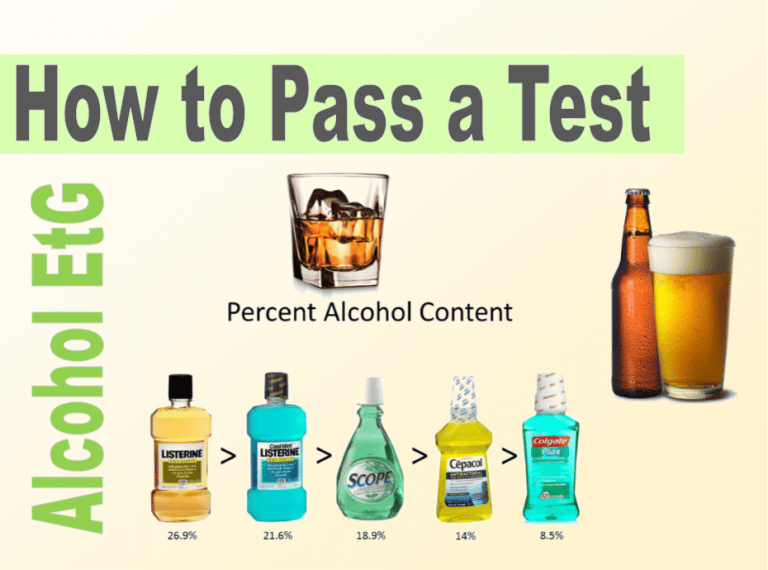EtG or ethyl glucuronide testing is available with urine or hair specimens, this type of alcohol testing measures past consumption of alcohol. EtG testing does not measure current impairment or intoxication.
In this article we will cover:
What is EtG?
Ethyl glucuronide, or as it is commonly known, EtG, is a metabolite of alcohol, in particular, ethanol.
EtG can be found in the body following exposure to ethanol. The ethanol exposure is typically the result of drinking alcohol and alcoholic beverages.
Since EtG is a metabolite that is present in the body after drinking alcohol, it is a suitable bioindicator or biomarker to test for alcohol ingestion. An EtG test can confirm alcohol abstinence over a specific period leading up to the test. When this happens, it is known as a negative EtG test result, meaning no instance of detected EtG during the screening.
A positive EtG test result, on the other hand, will confirm that an individual has consumed alcohol over a period leading up to the test. Exactly how long? That depends on the type of test. More on that later in this article.
Who should use an EtG test (and who shouldn’t)?
An EtG alcohol test detects the consumption of alcohol over a period leading up to the test. There are numerous circumstances where an individual might want to take and pass an EtG test.
For instance, if someone is involved in a program where they must abstain from alcohol consumption, an EtG test can validate that abstinence. This could be a court-ordered requirement; court-monitored probation, or a situation where someone must remain alcohol-free to maintain child custody. Scores of other examples exist where the courts can require a person to stop consuming alcohol, EtG tests for individuals help verify compliance.
Also in the legal world, a lawyer could order an EtG test for their client to establish a history of no alcohol consumption and help build their case.
Since an EtG alcohol test can detect consumption of alcohol without the effects of consumption still present, an EtG test would be useful for an individual with many Driving Under the Influence (DUI) arrests. In this case, the test will help verify that they have not consumed any alcohol. Possibly a requirement based on the DUI conviction.
An important note is that EtG tests for the consumption of alcohol, not the effects of intoxication. So, if a business owner or manager is faced with a situation where someone might be (or have been) intoxicated at work, they should consider alternate tests to assess the situation.
Related: Learn more about drug and alcohol testing in the workplace
Are there different types of EtG tests?
In conventional practice, there are two types of EtG tests, a urine EtG alcohol test, and an EtG hair follicle test. Put simply; an individual can be tested for alcohol consumption by either providing a urine sample for testing or by allowing a sample of their hair to be screened for EtG.
The tests are similar in that they both screen for the EtG metabolite which, if found, would produce a positive result and a failed EtG test.
There are also significant differences in the tests. In particular, the look-back period for each test.
A “look-back” period is a duration of time leading up to the test. This is the time span in which the presence of the EtG metabolite is detectable, indicating alcohol consumption during that duration.
Urine EtG Alcohol Test Look-back
The look-back period for the detection of EtG in urine is about 80 hours. There could be a variance in either direction, but generally, we consider 80 hours to be an accurate period.
This means that if someone consumed alcohol in the past three days and eight hours, the urine EtG alcohol test would identify it.
EtG Hair Follicle Alcohol Test Look-back
The look-back period for an EtG hair follicle alcohol test is much more extended than the EtG urine test. When testing an individual’s hair, the EtG metabolite can be detected for 90 days. Nearly ten times as long as the urine screening.
So, if you’ve consumed alcohol any time in the past three months, you will likely fail an EtG hair follicle alcohol test.
How to pass an EtG test
We might be overstating the obvious here, but this is important. The only way to pass an EtG alcohol test is to abstain from the consumption of alcohol. It’s that simple.
Based on what we learned above regarding look-back periods. If you are going to have to submit to an EtG urine alcohol test, your safest bet is to stop consuming alcohol well in advance of the 80-hour look-back period.
Passing an EtG hair follicle test with little notice might be a bit more challenging. If you regularly consume alcohol, even only socially, 90 days might seem like a long time. But, it needs to be said, if you want to pass an EtG hair follicle alcohol test, you need to discontinue the consumption of alcohol for at least 90 days before the test.
Order an EtG test online
You can privately and easily order an EtG alcohol test online. National Drug Screening has testing locations all over the United States and can organize a same-day test in a location near you. Simply visit our ordering page: or call one of our representatives, and we’ll be happy to assist.







